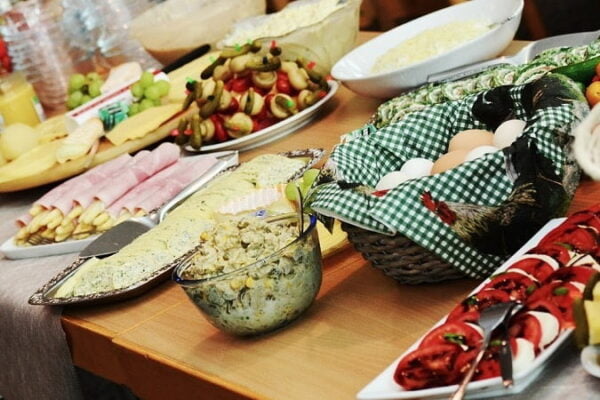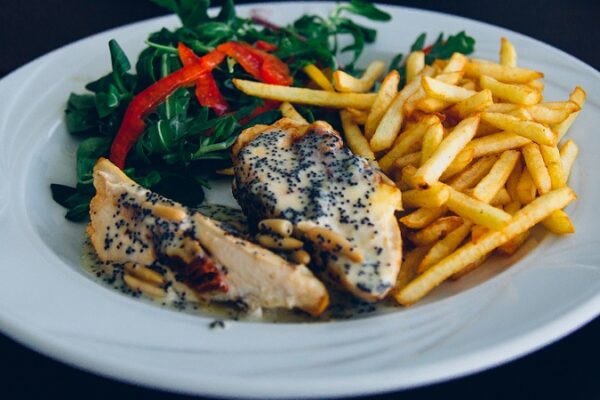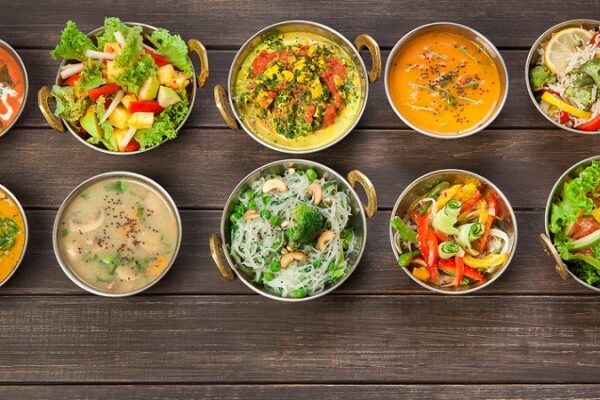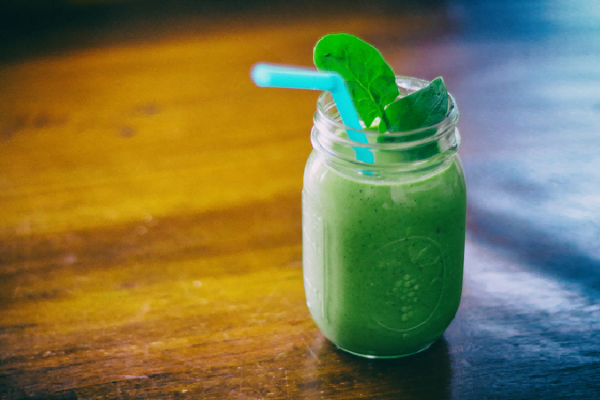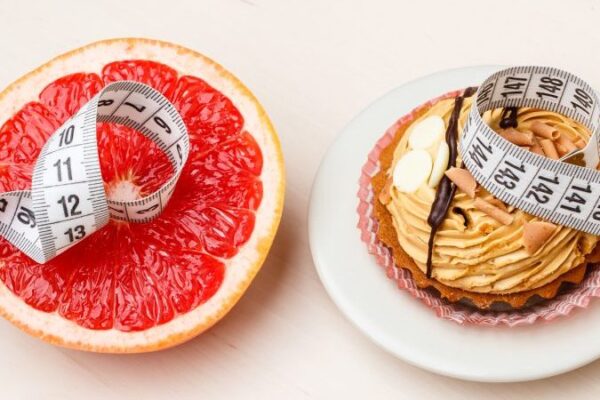Earlier this month of March 2015 the World Health Organization (WHO) launched a campaign to warn of excess sugar consumption. According to the WHO, our daily intake of sugar should not exceed 10% of our total daily intake of calories, at all stages of life. 10% for an adult is about 50 grams of sugar (1.8 ounces), that is 10 to 12 teaspoons.
Sugar is not only the one that you add to your food. It is also the sugar which is already in what you eat. In the wild, foods have little sugar, you find them mainly in fruits and always with fiber, which is not the case with processed food, especially the ultra-processed.
Industrial food was the most debated issue by the WHO.
It recommends keeping an eye on hidden sugars in products like sweet drinks, such as sodas and juices, as well as yogurts and biscuits. There are also products which are not considered sweet but have quite a bit of sugar, such as sauces, for example tomato sauce and salad dressings, or foods such as savory snacks. Other culprits can be products considered to be healthier, such as cereal bars, dairy drinks, Greek yogurts Greek, etc …
The WHO calls for better food labeling, reporting on hidden sugars content and also recommends to its member countries “to initiate a dialogue with the food industry to reduce sugars hidden in the composition of their products.”
Let us reduce our intake of sugar
According to Carlos Monteiro, a professor of nutrition at the Public Health School of USP who participated in the study by the WHO, “if you look at the list of ingredients and sugar appears as the first ingredient or as the second ingredient, it is a sign that the product has a lot of sugars. It can be simple sugar, corn syrup,modified starch, it can be honey, or it can bee dextrose. Several synthesized sugars have exactly the same effect as sugar. ”
The Professor warns that the more we become accustomed to eating very sweet, even if it is with sweeteners, the more we are attracted to sugar. It is important to educate our palate. Fruit, for example, help this process. They are sweet, but not in excess.
I fully agree and add to the list names such as glucose syrup, sugar syrup, inverted sugar, liquid sugar, modified rice flour …
As always, there is no reason to be scared and cut all sugar. It is a nutrient and the lack of it may even increase the risk of depression.
However, excess sugar is linked to obesity and all diseases arising from it, like diabetes and certain cancers. The warning applies to everyone, even for those who do not have a weight problem.
Let us reduce our consumption. Let us retrain our taste and look for quality.
I want more quality, please!
#IWantMoreQuality #IWant+Quality #W+Q
Bon appétit
Sophie
Crédito imagem: Jeanny Schmidt

